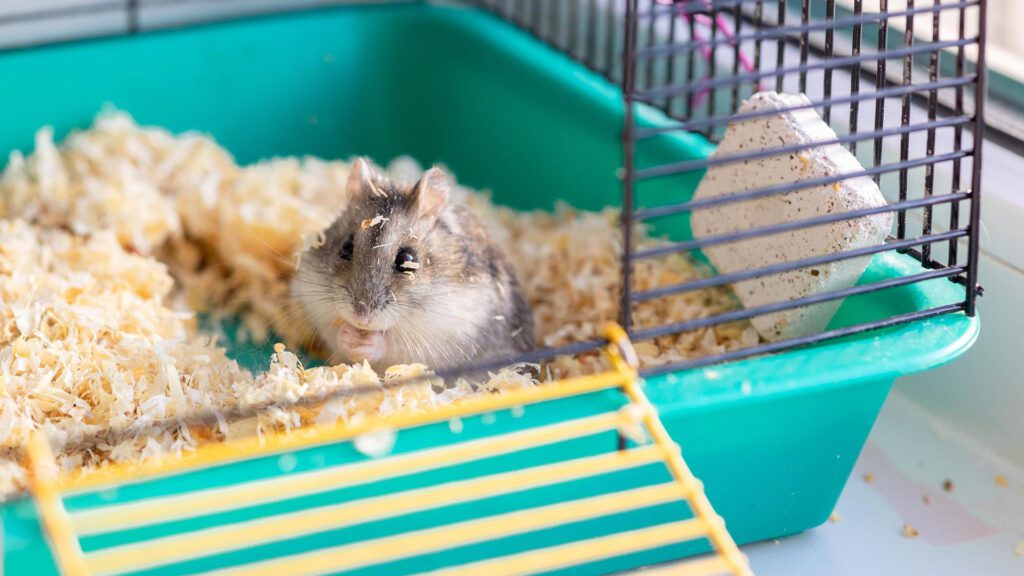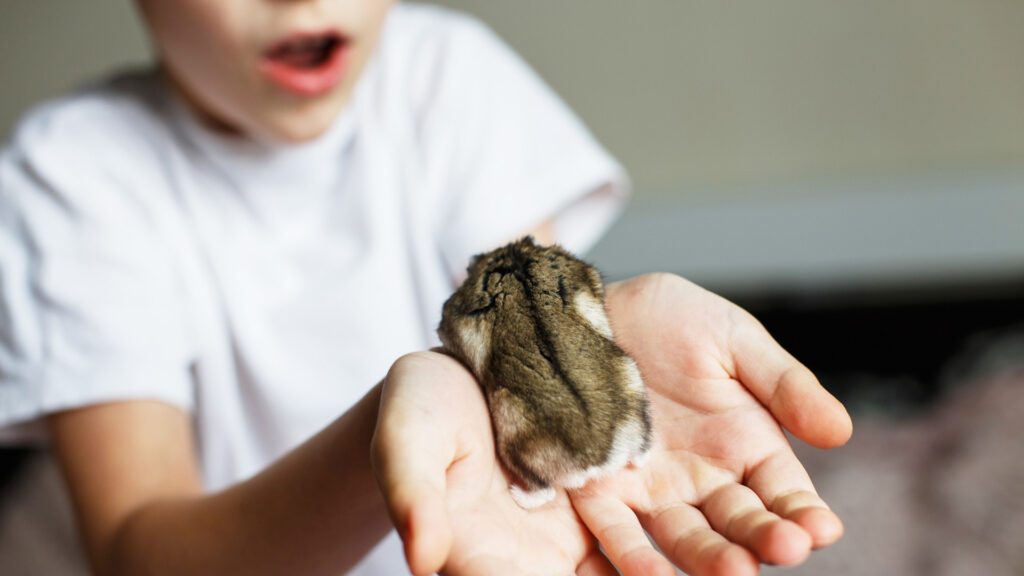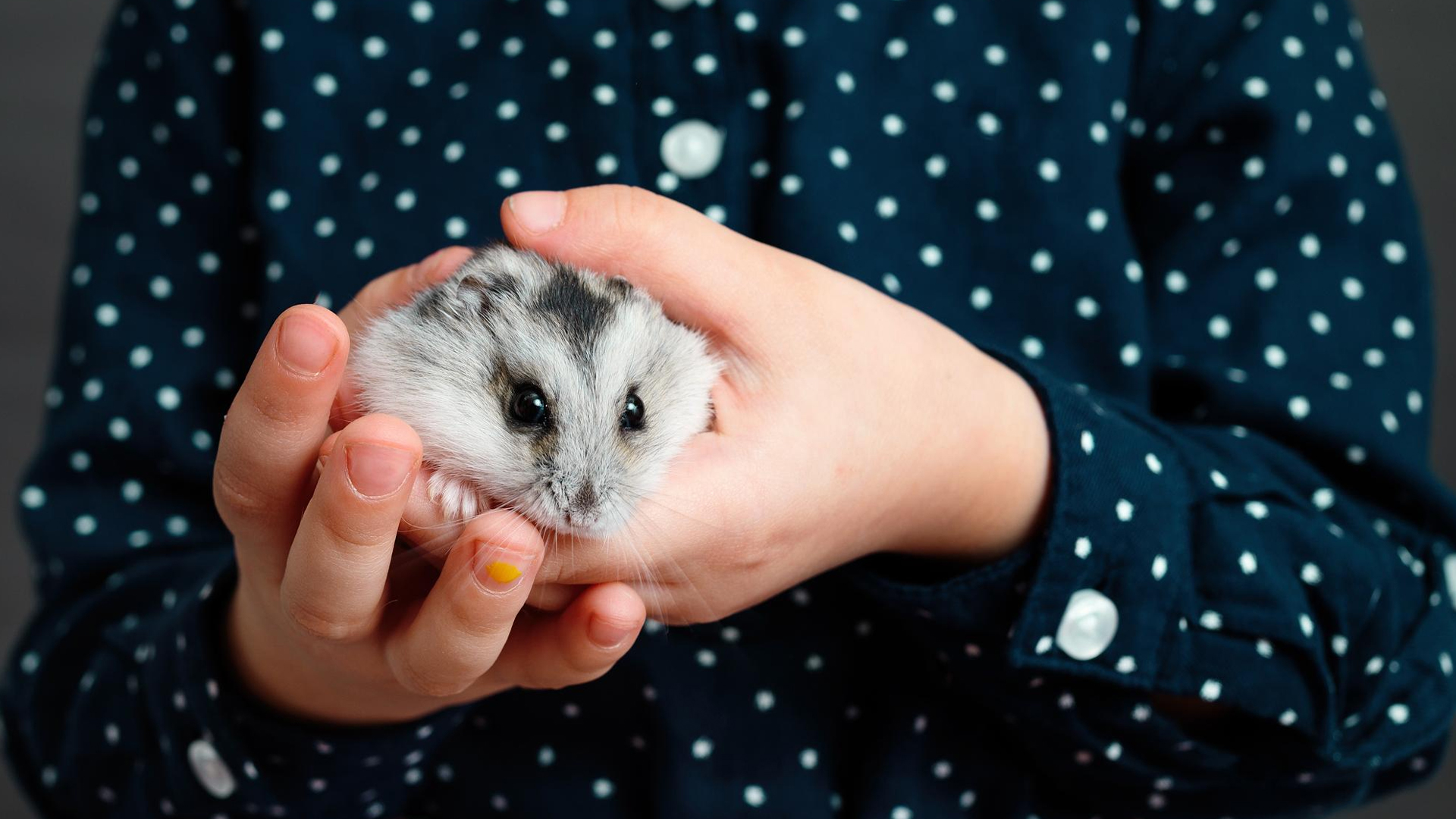Have you ever been to a pet store and saw a hamster and thought, “Wow, that little thing must love a good cuddle!”?
Well, if you’re curious about whether these adorable creatures like being held, you’ve come to the right place. Read this article to learn more!
Do Hamsters Like To Be Held?
The short answer is no. Hamsters generally don’t enjoy being held.
However, spending plenty of bonding time with them can coax them out of their shell. Eventually, they can even accept falling asleep in your hands and being petted.
How To Hand-Tame A Hamster
Hand taming a hamster is an important process that helps build trust between you and your pet. Here’s a step-by-step guide to help you successfully hand tame your hamster.
Step 1: Create a Comfortable Environment

Before you begin taming your hamster, ensure that they are settled into their new home.
Get your hamster a cage and provide plenty of bedding to make it a comfortable environment for them. This will help reduce stress and make your hamster feel secure.
Step 2: Give Them Time to Adjust
When you first bring your hamster home, give them at least a few days to adjust to their new surroundings.
Veterinarians and veterinary experts suggest letting your hamster get used to your scent first.
Avoid handling them during this time, as they need to acclimate to the sounds, smells, and sights of their cage.
Step 3: Establish a Routine
Hamsters are creatures of habit. Try to feed them at the same time each day. Spend time near their enclosure so they can become familiar with your presence.
Once they get used to your presence, move on to the next step.
Step 4: Start with Interaction
Once your hamster seems comfortable in their environment, it’s time to start interacting with them.
Sit by their cage and gently place your hand inside without trying to grab them. Allow them to come to you at their own pace.
Step 5: Offer Treats
Use small treats, such as pieces of fruit or vegetables, to encourage your hamster to approach you. Hold the treat in your hand and let them sniff it.
Step 6: Gradual Handling
After your hamster becomes comfortable taking treats from your hand, you can start to gently scoop them up. Make sure not to startle them.
Step 7: Short Sessions
Keep handling sessions short at first. Hold your hamster for no more than 5-10 minutes. Work your way up and gradually increase the duration as your hamster becomes more comfortable with you.
Step 8: Build Trust
Once they are used to being held, continue to spend time with your hamster daily. The more they see you and interact with you, the more they will trust you.
How To Properly Hold A Hamster
To hold your hamster properly, start by gently reaching into the hamster’s cage. Never pick up your hamster abruptly, as this may startle them.
Instead, let your hamster crawl into your hand or use a cup to scoop them up. This is especially important for the dwarf hamster breed, which can be more skittish.
It is essential to handle them properly because if they feel threatened, they will try to bite you when you try to hold them.
Signs A Hamster Is Not Comfortable When You Handle Them

Here are some signs that a hamster may not be comfortable when you handle them:
Squirming or Wriggling: If your hamster is trying to escape your grip or is wriggling around, it may indicate that they feel threatened or uncomfortable.
Biting or Nibbling: A hamster that bites or nibbles on your fingers may be showing that they are stressed or frightened. This behavior can also be a reaction to feeling cornered.
Noisy Behavior: Hamsters may squeak, chirp, or make other vocalizations when they are uncomfortable. An increase in vocalization can be a sign of distress.
Freezing or Stiffening: If your hamster suddenly becomes very still or stiff when you pick them up, it may be a sign of fear. They might be trying to play dead as a defense mechanism.
Hiding: If your hamster tries to burrow into your hands or seeks to hide in your clothing, they might be looking for safety rather than enjoying the interaction.
Aggressive Posture: Raised fur, bared teeth, or a puffed-up appearance can indicate that a hamster feels threatened and is ready to defend itself.
Refusal to Move: A hamster that refuses to explore or move around in your hands may be feeling anxious or scared. This could be a sign that they are not ready for handling.
Now You Know How To Handel A Hammy!
As a pet owner, you want your hamster to be happy and relaxed.
With consistent interaction, your hamster can get used to being held, making it good for hamsters to enjoy their time with you!


